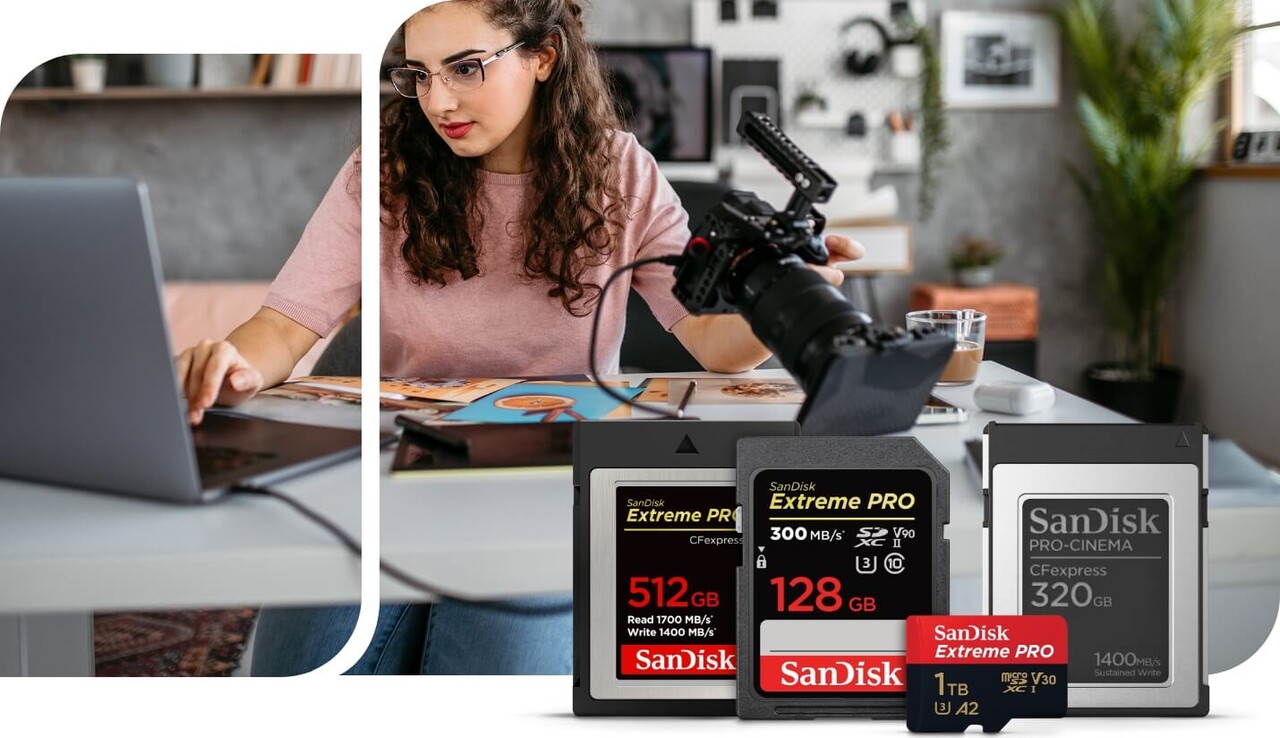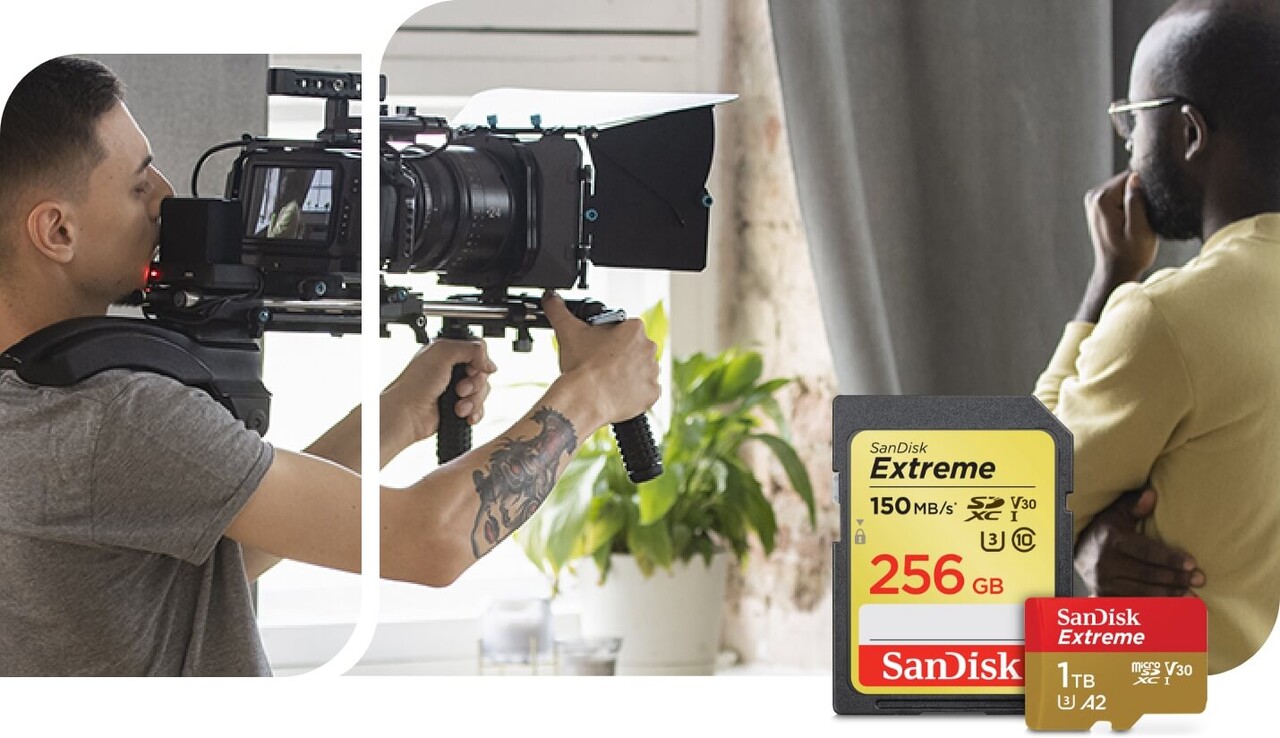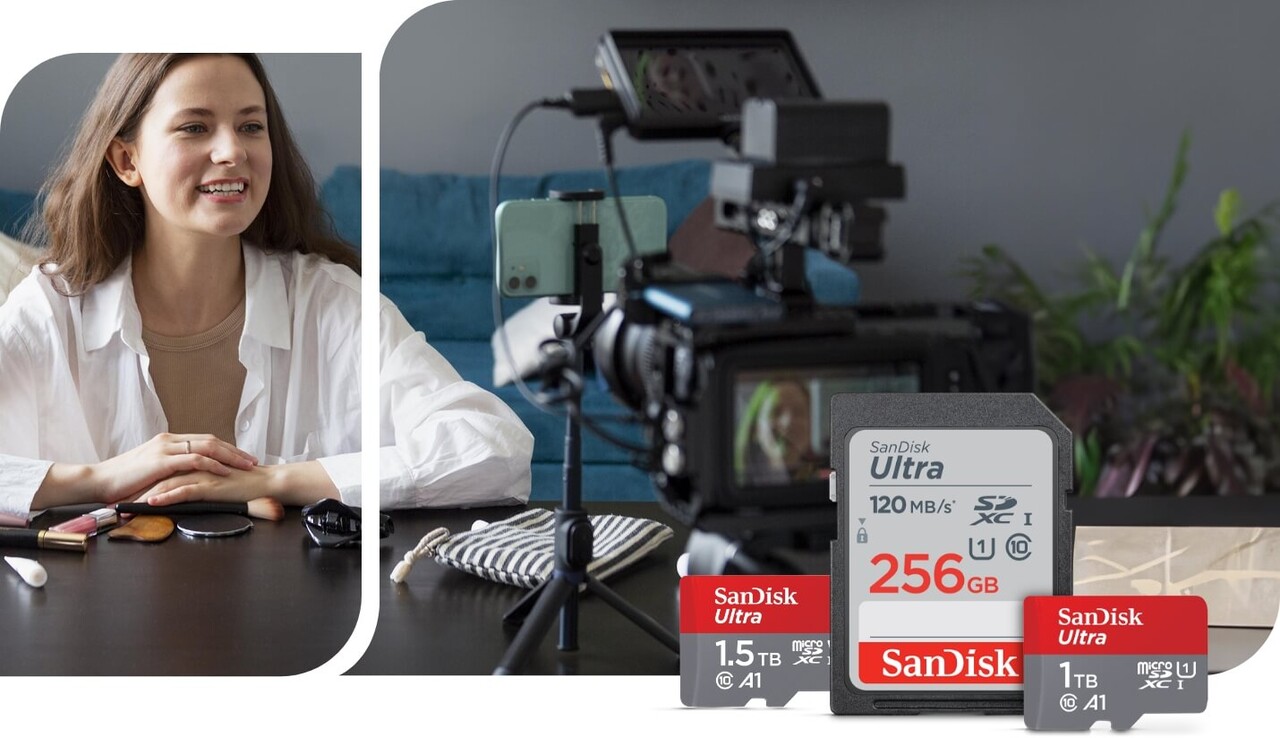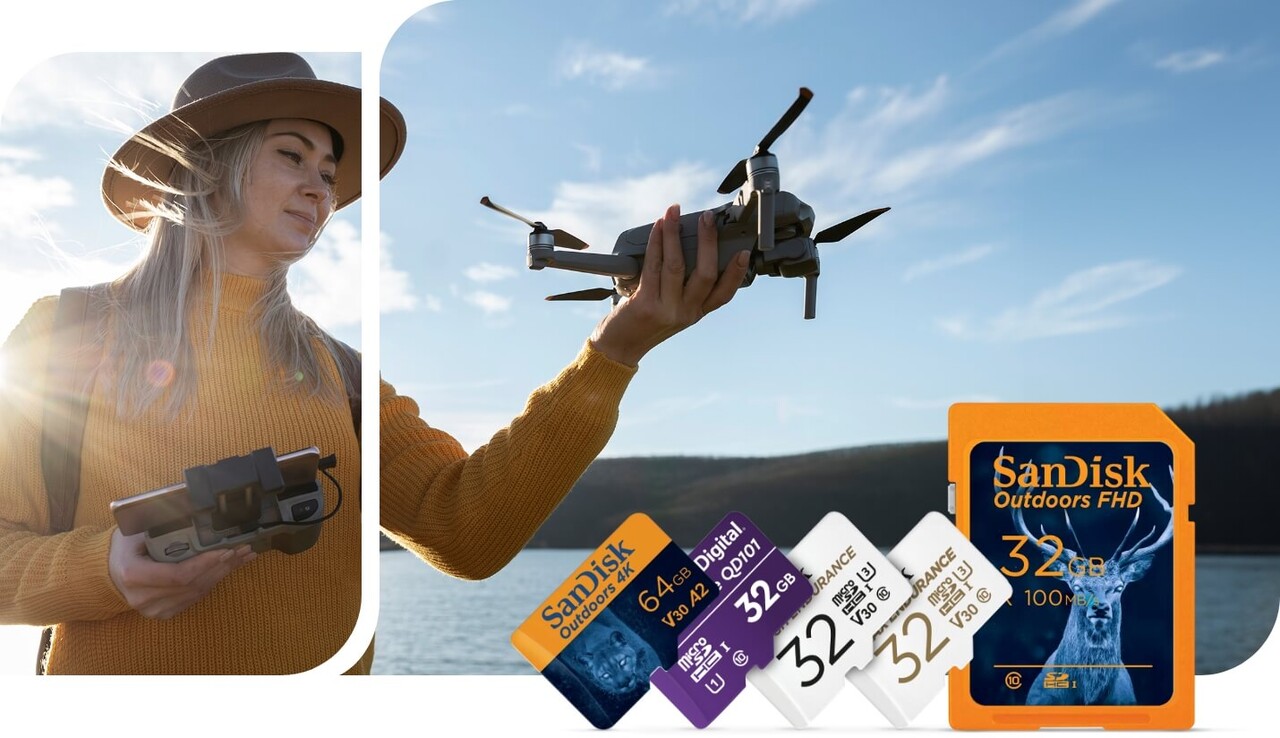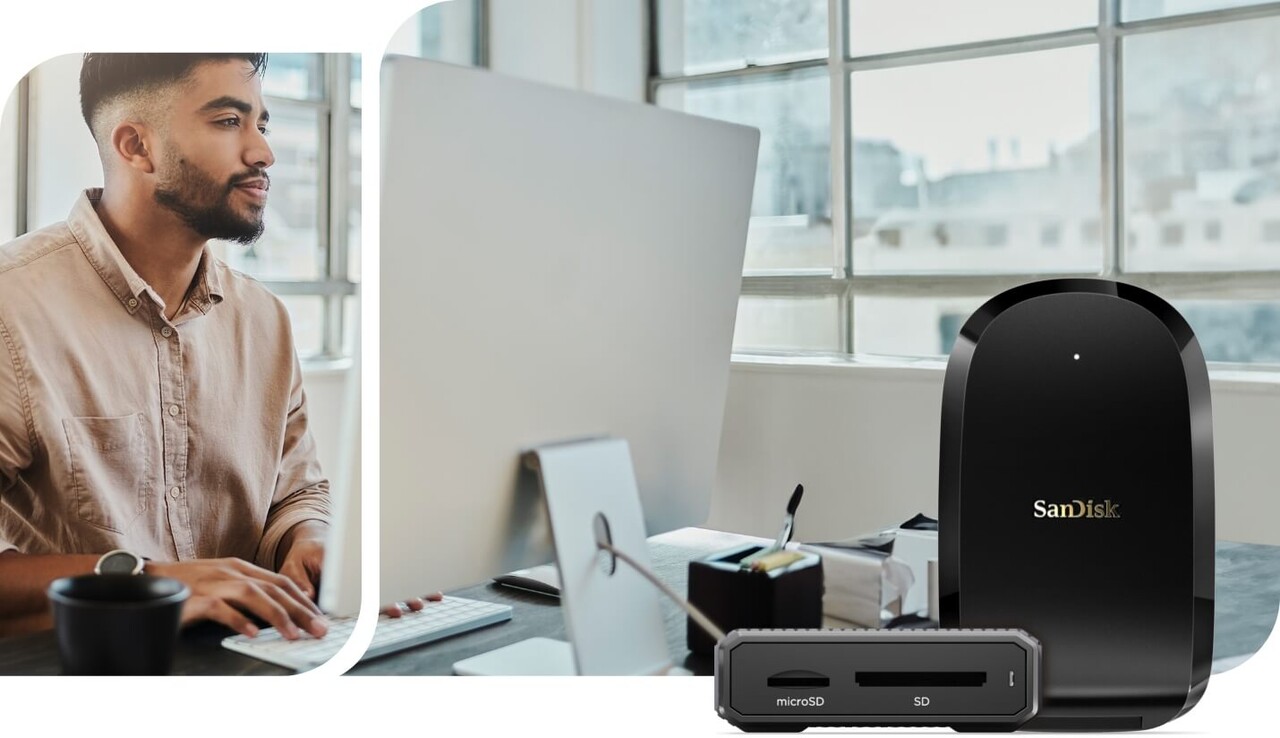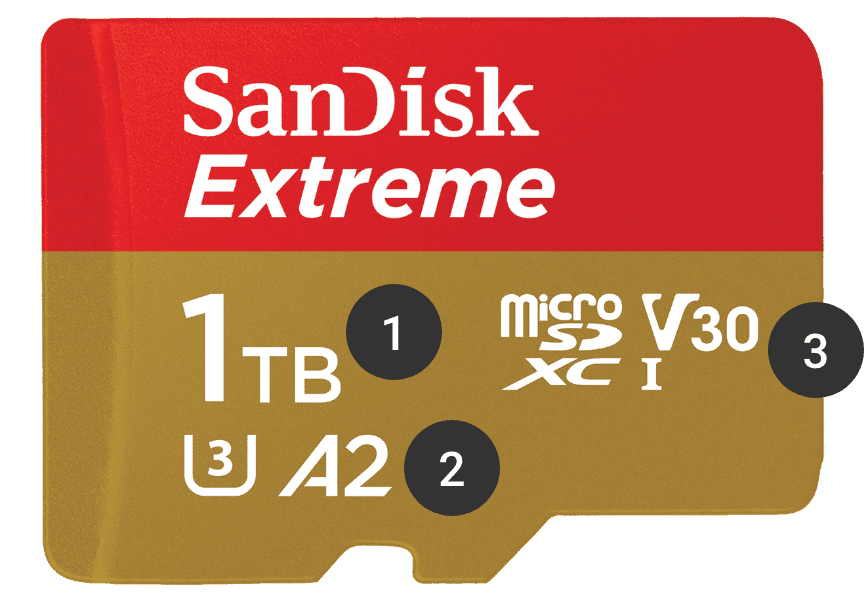Details & Exclusions
Coupon code SUMMER5 5% off is a flat offer sitewide on a minimum cart value of Rs. 2000/-. The offer is available over and above the summer sales promo that offers Free Dual drive on cart value Rs. 6000/- & above. Offer valid only through the Western Digital Store website in India (“Website”) when using applicable coupon code. Except as otherwise specified, the coupon code may not be combined, used in conjunction with or used in addition to any other coupon code and does not apply to taxes or shipping. Retailers, Resellers and Distributors are excluded from this promotion. The coupon code is not applicable for any prior purchases and is available for India region only. STPL, the seller of record for Western Digital products listed for sale on this Website, reserves the right to change or discontinue this offer at any time without notice. Delivery must be within India only. Coupon code expires on 27th May’24.
